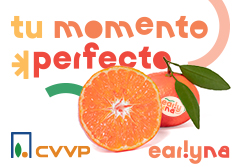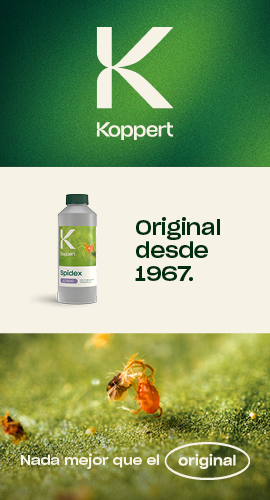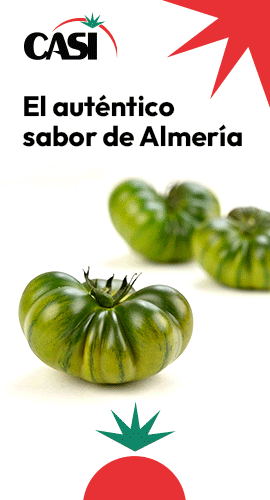Provedo is incorporating new developments both in black and yellow plums and in yellow pavia-type peaches.
Viveros Provedo has extended its range with the yellow pavia-type peaches, Argos, with little rest, but which are highly elastic regarding the cold requirements in winter and with a very high post-harvest.
In plums, the yellow-skinned Blondie 79 is being incorporated. It is early (it ripens between the first and second weeks of June) and it stands out for its large size, the resistance of its skin (it does not spot or scratch) and it is quite productive. And along the same lines as the black-skinned Ebony plum, they are going to introduce two interspecific hybrids, Ebony 88 and 85, obtained from plum crosses with apricots, which gives them a very sweet flavour accompanied by a special aroma. “We are going to test for another year and then they will be added to the catalogue. We have obtained a high production capacity, good setting and post-harvest”, Luis Aliseda, manager of the company’s Extremadura Research and Production Centre states.
Provedo has 90 protected varieties including peaches, nectarines, flat peaches, flat nectarines*, clingstone peaches and plums. When selecting and developing them, they look for specific characteristics for each market. “England prefers dark-skinned fruit with medium sizes; in north Africa and the Middle East, they prefer a more natural appearance, but larger in size; Central Europe coincides in large-sized fruit, but opts for deep red colours and in China they abhor acid fruit, they want sweetness and pinkish shades”.
The common denominator is the preference for flavour (sweet) and the post-harvest. 10 years ago they started a study with the Chilean team from the Andes Nursery Association to develop varieties with high post-harvest, and from Chile they are already exporting nectarines, flat nectarines and, to a lesser degree, peaches with good results to China. Now they are trying to adapt them to Spanish weather conditions and crop land, in spite of the fact that the daytime temperatures are higher than in Chile, in order to obtain the same post-harvest. From Provedo they are giving the results of their studies to the customers who request them, although Aliseda underscores that “the shelf life varies depending on important factors such as handling, weather conditions in the harvest week and the processing in cold storage.”
























